#clown core
Text

very very cute
#touhou project#touhou fanart#touhou#touhou 15#legacy of lunatic kingdom#touhou lolk#clownpiece#clown#clown core
1K notes
·
View notes
Photo
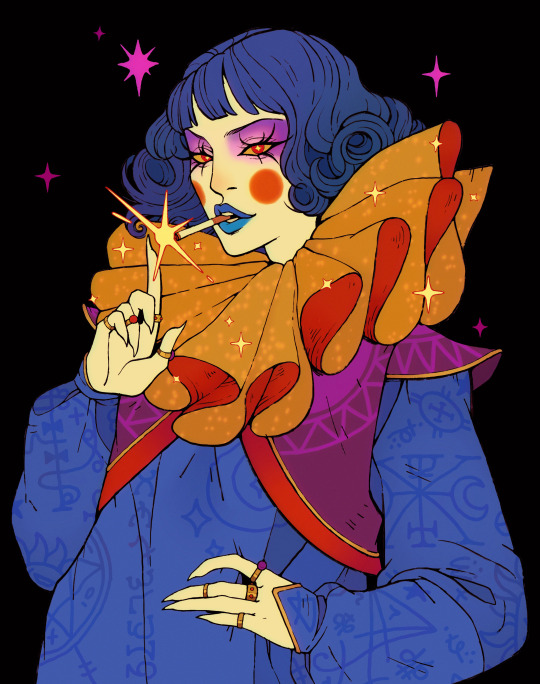
2 clown posts! This was a remake of a clown I drew years ago and will never post heheh
#art#illustration#figure#clown#vintage clown#clown core#magic#sparkle#smoking#portrait#character design
4K notes
·
View notes
Text
🌞Meet Sunshine and Moooon🌚




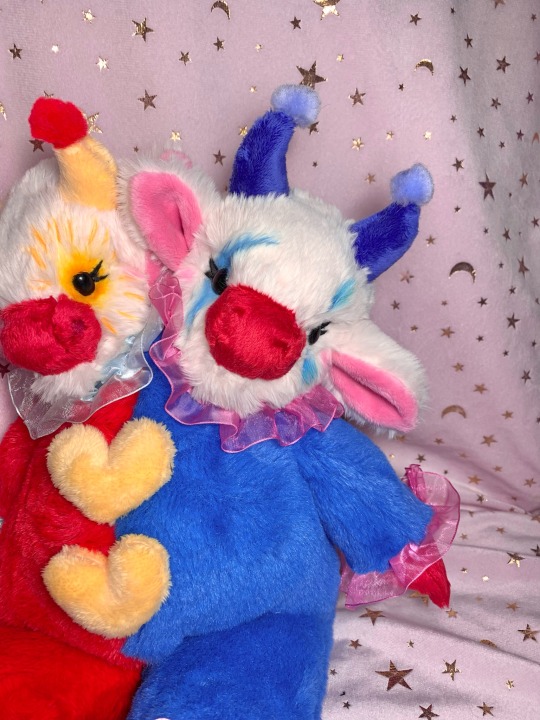
These two are part of a fundraiser for a fellow plush artist c: They’ll be up at 5PM EST today!!
#plush art#plush artist#plushies#stuffed animals#plush maker#plush making#plushie#plushblr#clown art#clown makeup#clowncore#clownsona#clown doll#clownblr#clown oc#clown girl#clown#clown aesthetic#clown core#kidcore#kidcore aesthetic#kidcore art#colorblock#colorblocking#color block#custom plush#kawaii plush#build a bear#jellycat plush#plushes
925 notes
·
View notes
Text




Me and puddin had the best time at hyper Japan!! Thought I’d try posting fursuit pics here!
Edit:tysm for all the love! If you wanna see more of Puddin their account is @ puddinplush on insta/twitter, and mine is @ kiwimarten!
#furry#fursuit#furry fandom#furries#furry community#hyper japan#j Fashion#jfashion#hyperjapan#pastel#kemono fursuit#rainbowcore#clown core#pastelcore
1K notes
·
View notes
Text

#Piendish#Stay silly#Silly#Meme#Cat meme#Clown#Clown meme#Clowncore#Clown core#Circus#Circus core#Circuscore#clown husbandry#clowning#clown oc#Silly memes#Funny
351 notes
·
View notes
Text
Senior clown diet


Once your clown has started getting older you’ll notice that they will have less of an interest in their normal food. Older clowns will start getting weaker jaws and some clown breeds will even have teeth fall out. Normally this happens to your average hobo and circus clowns. That’s why jello can be perfect diet for your older clowns. It is very important to change their diet to better suit their new needs. Jello is fantastic because it’s gentle on their teeth and jaws. Popcorn and rats can hurt their fragile teeth easily and jello provides all of the nutritional value necessary for your clown.
#clowncore#clown husbandry#clowns#clownblr#tambourine’s fantasy#clown posting#clown core#clown care#clown info#know your clowns#clown
484 notes
·
View notes
Text
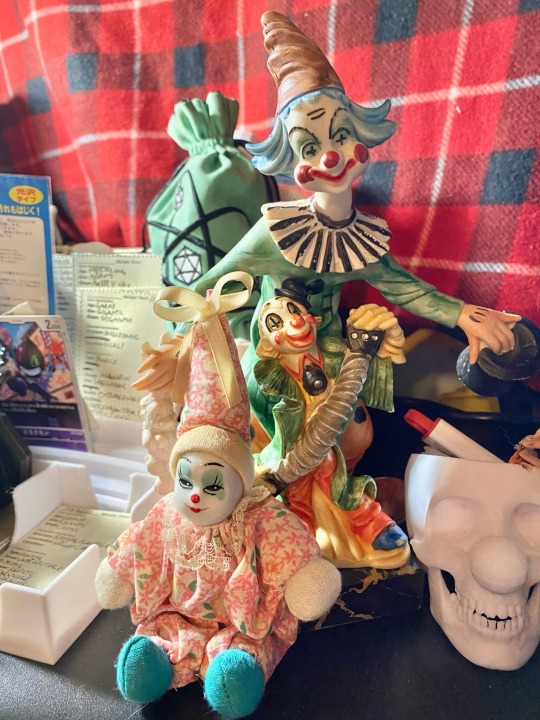
A Quick Guide to Clown Breeds
Today I'd like to discuss the amazing genetic diversity found in our delightful clowns. Most of my information comes from the fantastic @clownology4dummies blog and this article is a direct result of the mini-interview I had with them. There's quite a lot to take in so we'll break it down into a few sections. The goal is that you will be able to answer your own question as to which breed your little funny friend is!
What are the Different Clown Breeds?
There are actually quite a lot of clown breeds! The most common terms you'll find amongst the clown husbandry tag include Teacup, Jester, Circus, Rodeo, Party, Mime, Harlequin, Pierrot, Porcelain, Tramp, Tragic, Auguste, Whiteface, and Fool. A lot of these terms are subcategories of others, so let's take a look at the umbrella terms and their related variations.
Circus
Circus is likely the largest umbrella beyond even what I've denoted here. In most cases, every breed can qualify as a circus clown with only a few exceptions. Circus clowns are rowdy, energetic, and require significant stimulation making them a tough breed for average households and new keepers.
However their beauty rivals that of traditional clown performers making them sought after by collectors. Additionally, circus breeds also have three main variations with unique behaviors and appearances each.
Whiteface
Possibly the best known breed is the whiteface. Inspired by the leader of the troupe in the classic clown theater format, this breed is elegant and beautiful. Their skin tends to be chalk white all over and they beat delicate and intricate marking.
Auguste/contre-auguste
In traditional performances, the auguste is the absurd counterpart of the whiteface. Troupes may have more than one auguste whereas there is typically only one whiteface. The auguste often has a base skin tone that is highlighted with section of white. The white patches are usually outlined in a distinct color and the other marking they have are typically bold, bright, and exaggerated. They lack the subtle dignity of whitefaces and tend towards loud and boisterous appearances and behavior.
Tramp
Another popular circus variety is the tramp, also known as the hobo clown. In breeding circles it's typically referred to as the American Standard Coat. This breed is known for its long and luxurious coat. Besides this, they typically have markings somewhere between the tragic and the auguste, but with a more rugged flair.
Jester
The jester is easily one of the most sought after breeds of clowns. They hail from a very privileged lineage prized by royalty of old. As such they are known for their exquisite costumes of high quality materials and bold colors and patterns. Additionally, true purebred jesters have little to no facial markings.
Fool
The fool is the commoner variety of the jester breed and tends to have less exquisite breeding. They are typically mixed with any other variety of clown. Despite having slightly more drab costumes and coloring, they make up for this with big personalities and accessibility to the average collector.
Harlequin
The harlequin fits squarely between the fool and jester being both and neither at the same time. Primarily they are denoted as a jester with an emphasis on patterns. Harlequin make up for a lack of facial marking with an explosion of costume detail.
Pierrot
The pierrot is somewhere between the royal perfection of the jester and the raw elegance of the whiteface. These clowns tend to have delicate markings and minimalist costumes. Typically their coloration consist of almost exclusively white with small black or red elements. These clowns thrive on culture and have a major flair for dramatic theatrics.
Tragic
As a subcategory of Pierrot, the tragic clown unsurprisingly focuses on theater. However their interest is as one would expect, primarily about tragedies. They love all things sad, dramatic, and dreary. They can usually be spotted with recent tear stains. Don't be surprised if your clown spends a lot of time sighing or staring out the window. That's just how they are and they like it that way.
Porcelain
Since many breeds feature porcelain elements, this grouping could potentially be an umbrella term for most other categories. However for the sake of simplicity, this blog will use this term to refer to clowns with porcelain like details but who don't quite qualify as a whiteface on their own. They may be partially or entirely porcelain and as such should be treated with care and dignity so as to avou trips to the vet.
Teacup
The teacup clown is arguably the most popular among the clown husbandry tag. Due to their petite size and soft features, they are a great choice for the average size house dwelling keeper. Teacups typically range from three to five inches from toe to hat tip. They have soft sand filled bodies that are especially good at sitting and looking cute. Usually the face is porcelain.
Due to their popularity, teacups share a liniage with just about every other breed. It's not uncommon to find teacups with jester, whiteface, and even scareclown features.
Party
Another favorite among clown enthusiasts is the party breed. Much like real life clown performers, this breed is dynamic, friendly, and outgoing. The appearance of the breed is extremely varied and they can have features like just about any other breed. The only difference is that the party clown is always bright, colorful, and typically they have extraordinary patterns. Party clowns typically don't have anything subtle about them and their facial markings are between that of the August and the whiteface.
Rodeo
The rodeo is actually closely related to the American Standard Coat but it was bred for working purposes. Much like the real rodeo workers, this clown breed has a desire to work with livestock and has excellent herding instincts. As such they need a lot of space and significant exercise opportunities. They differ from tramps in that they rarely have coats; instead they features costumes akin to colorful exaggerations of cowboys.
Scare
The scare clown is my personal favorite breed and I'm very excited to have the chance to discuss them. This breed is determined more by diet and behavior than appearance. They live to thrill others and spend a lot of time lurking and waiting for the perfect jump scare opportunity. They are quite aggressive and most believe they are essentially completey wild and should not be interacted with like other domestic breeds.
In terms of appearance, scares can look like virtually any other clown; from elegant to eccentric. However, darker coloration and features that tend toward the uncanny are generally associated with scares. Additionally it's worth noting that some breeder intentionally breed clowns to look like horror movie clowns. While some argue this may not be the most sustainable or humane practice, lookalike scares still remain popular with many collectors (myself included!).
Mime
It's important to note that while mimes of the human cultural sense are a variety of clowns, they are different in the collector sense. While they share looks with whiteface and color palettes of Pierrot, it's not visible features that make them different. Mimes are by nature completey silent. They also confound themselves and others with magic tricks.
Interbreeding mimes with other clown varieties may result in extremely elegant offspring. However it's considered to be a highly immoral practice. Doing so causes a lot of stress to the parents and the offspring as mime mothers will consistently reject young the instant they make noise-- and most other breeds are very noisy from the get go. This means breeders must be able to care for extremely young and vulnerable clowns which is challenging to say the least.
Which Breed is My Clown?
For most of us, this is the most important question. However, it's actually a very difficult question to ask. Just talk to anyone that works at a local adoption center or take a look at your local strays. Clowns have been carelessly bred for decades by shady individuals. As such, few clowns you'll find today are definitely a purebred of any variety. Most display a chaotic mix of behavior and visual genetic variation.
As such it's not unfair to judge your teacup as also whiteface and jester. Or your jester as scare and tragic. Look closely at the details in your clowns makeup, costume, and behavior to make an educated guess. Ultimately only a genealogy test will give you definitive answers, but those can be pricey depending on your location. As such it's generally considered more worthwhile to puzzle the likely origins of clowns and simply enjoy them as the quirky mix breed they are.
Final Thoughts on Clown Breeds
In closing it's easy to see why new clown keeper's tend to become.confused as to which category their clowns fit into. I hope this guide has helped you clear up any confusion you have. Please feel free to comment below with any questions or to ask our friends at Clownology for even more expertise.
Additionally if you feel I've made any mistakes here, please don't hesitate to comment or reblog with corrections. As I primarily raise circus and scare clowns, I'm by no means an expert on every breed. I will be delighted to make adjustments so this blog can serve as a useful resource to newcomers and expert clown parents!
Thank you for taking the time to read and I hope you'll join me again soon for more clown news and articles. In the future I'll be discussing each breed in more detail as well as exploring specific pure bred lineages.
#clowncore#clown husbandry#clown#clowns#clown core#clownblr#clownery#clown collection#clown oc#clown doll
721 notes
·
View notes
Text

There really is nothing like the feeling of being pressed against 28 other clowns in a confined space on your way to 7/11 <•: (•: > * • *
#clown care#clown husbandry#clownblr#clown posting#clowns#clown community#clown core#clowncore#clown#clownery
351 notes
·
View notes
Text

available for purchase on BOOTH
980JPY
#touhou project#touhou fanart#touhou 15#legacy of lunatic kingdom#touhou#touhou lolk#clownpiece#clown#clown core#traditional art#color pencil art
591 notes
·
View notes
Photo

I was inspired by the corpse flower on the death card for tarot for this clown. I know it’s very specific, but I couldn’t stop thinking about that flower heheh
#art#illustration#clown#vintage clown#corpse flower#tarot inspired#figure#clown core#character design#baby boy#sketch#doodle
774 notes
·
View notes
Text
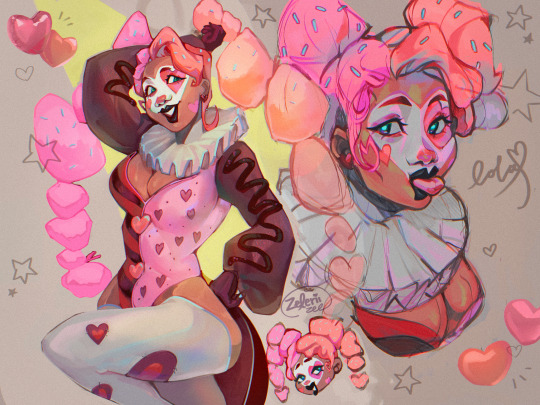
clown oc 🎪💕🍫
#she’s inspired by the valentine’s day aesthetic!! pink hearts and chocolate#original character#oc#Lola Mocha#clown girl#clown core#clown#original characters#love core
558 notes
·
View notes
Text
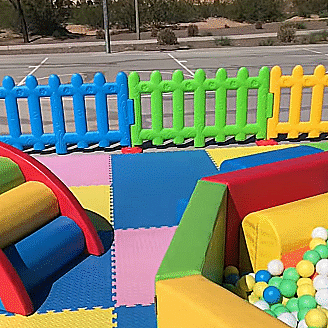
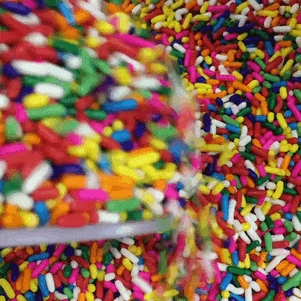

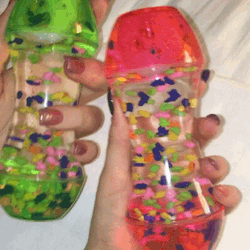
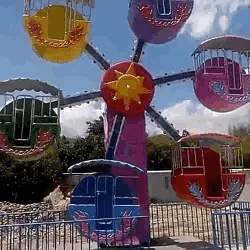
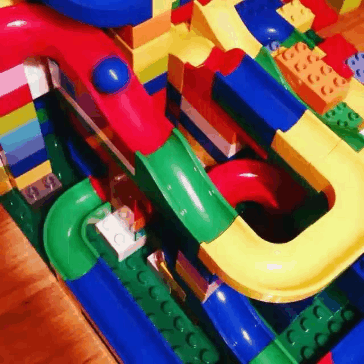
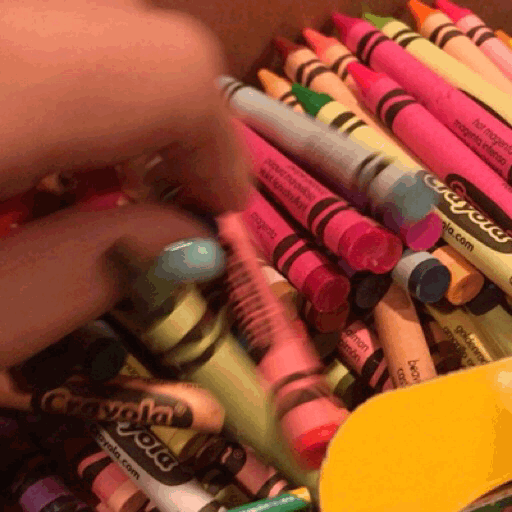

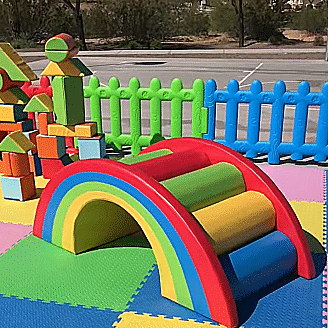
Kidcore Stim Board
x|x|x/x|x|x/x|x|x
#stim#stims#stimming#stimboard#stim board#autism#autistic#actually autistic#sensory#sensory board#stimmy#primary#elementary#primary colors#clown core#clown#kidcore#kid core#kidcore stim#amusement park#toy#toys#inner child#candy#red stim#blue stim#yellow stim
599 notes
·
View notes
Text

222 notes
·
View notes
Text

It's a silly lil cycle
#Memes#Clown#Clown core#Clowncore#Circus#Circuscore#Circus core#clown community#clown husbandry#Silly#Funny#I wake up
354 notes
·
View notes

